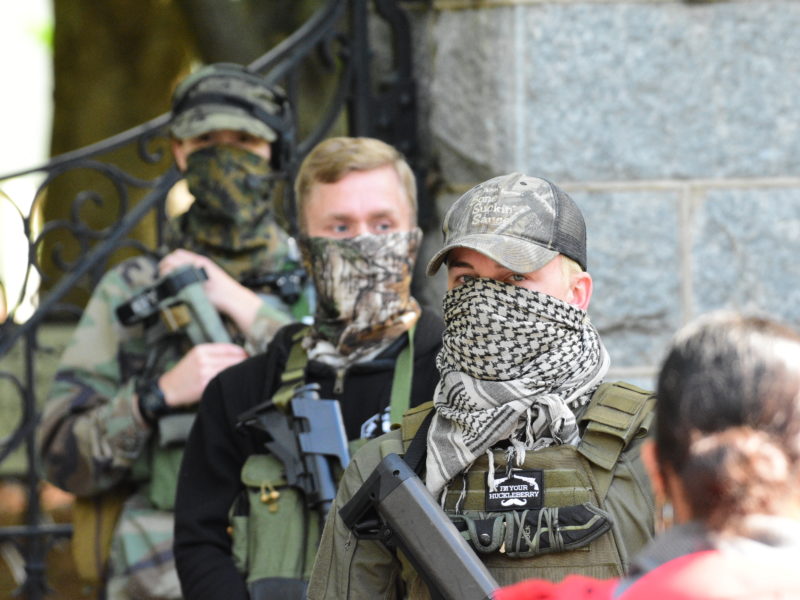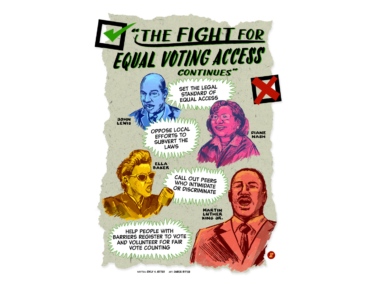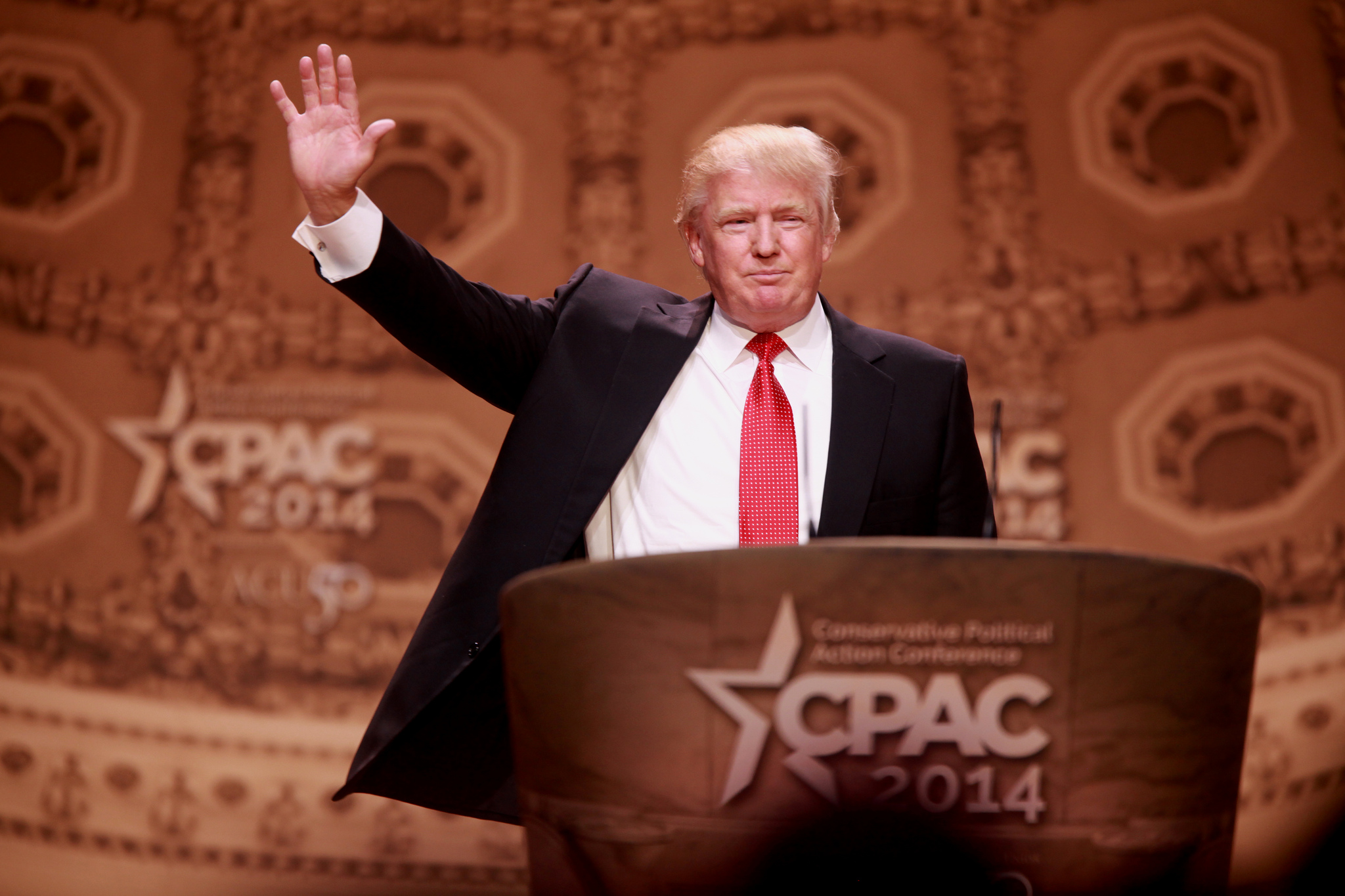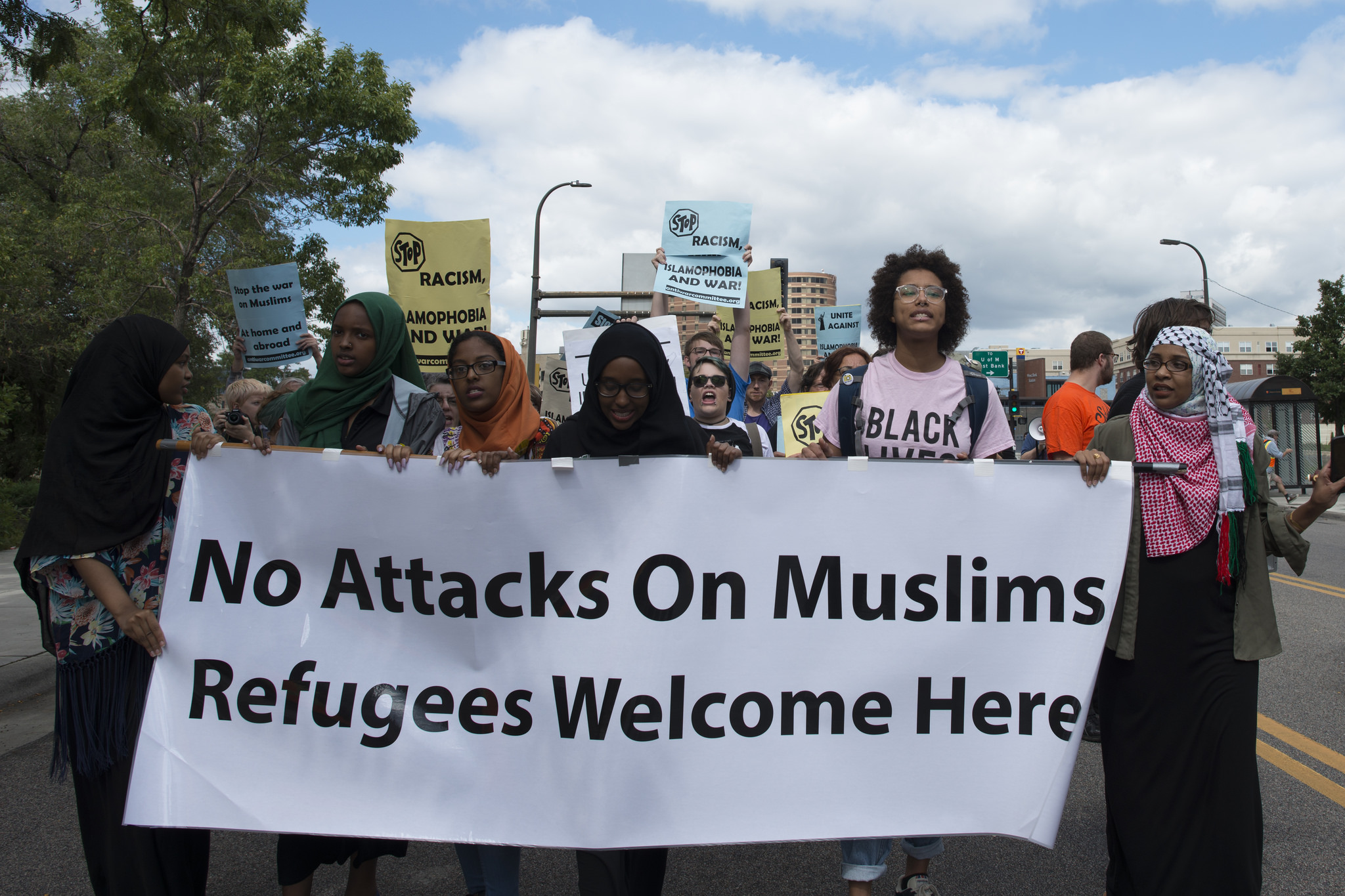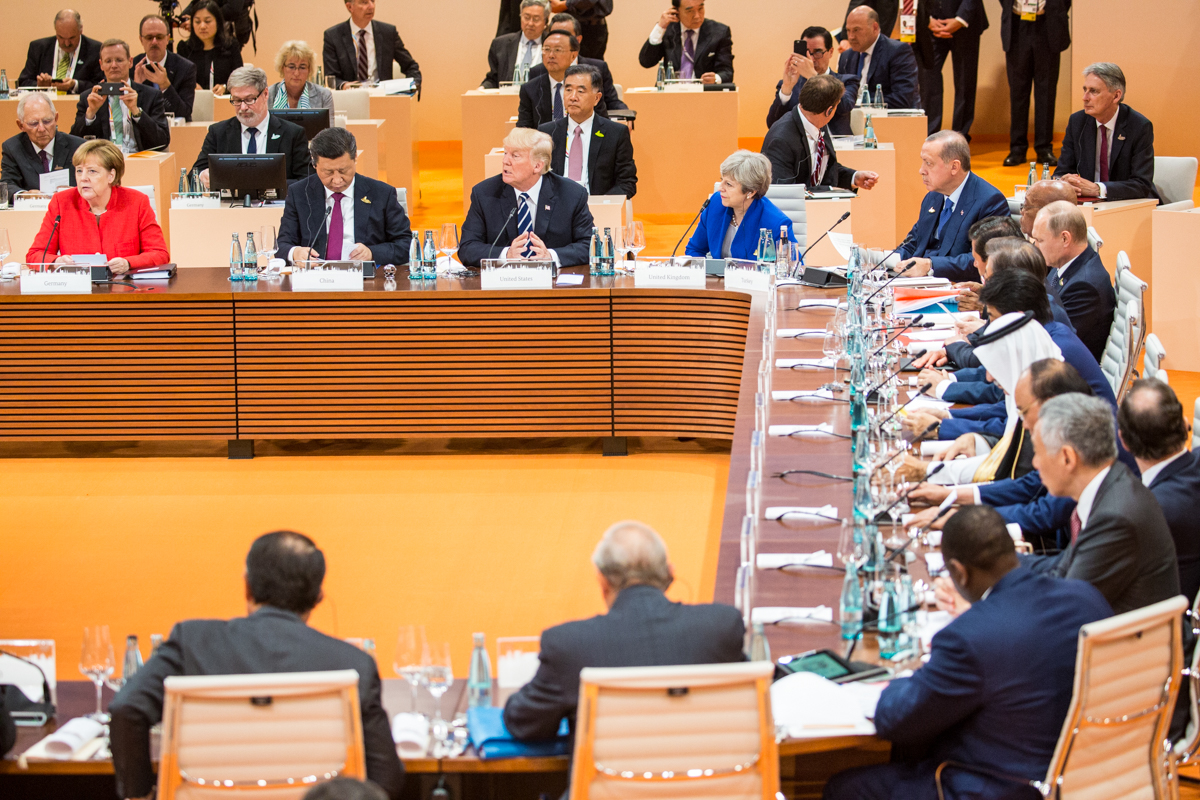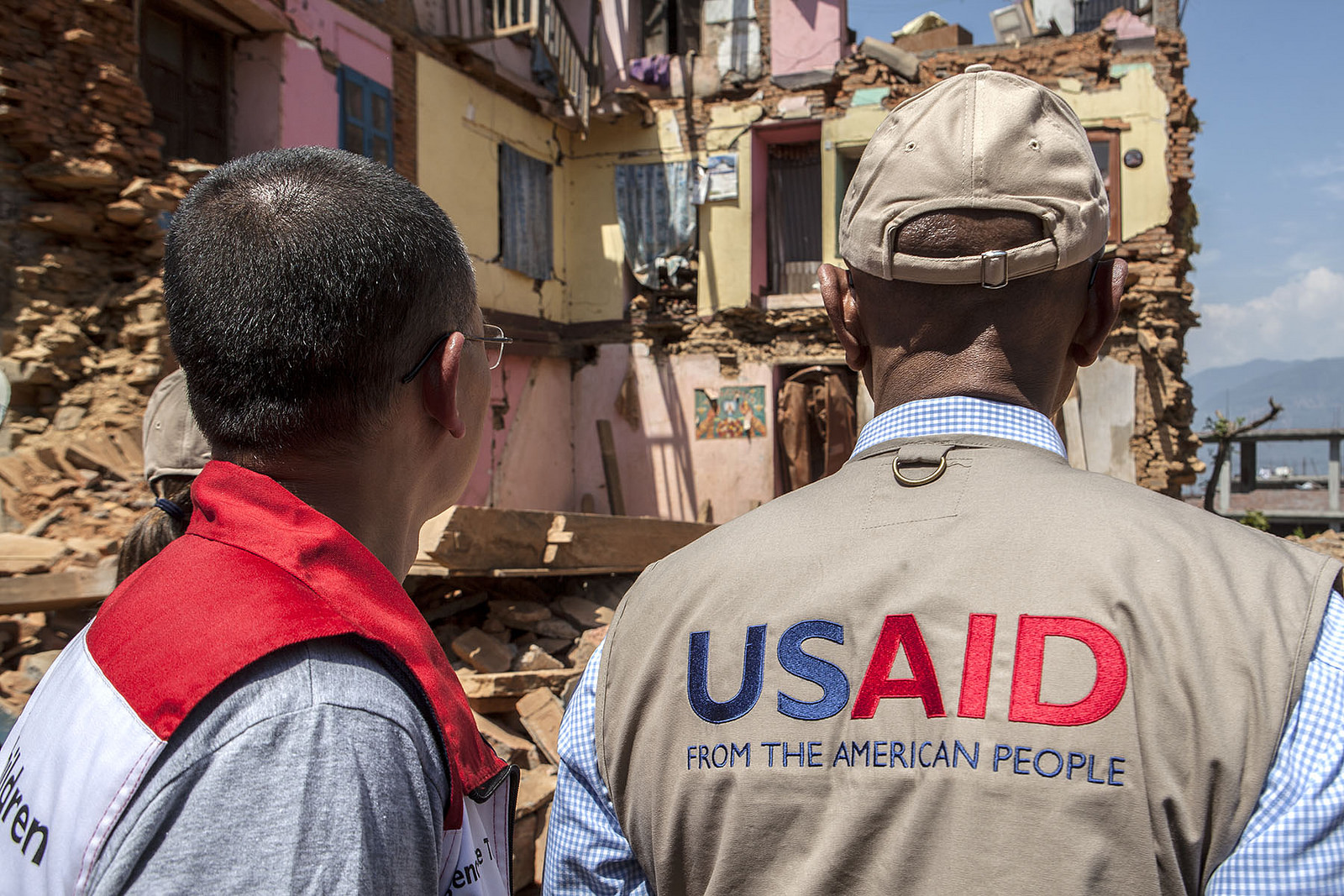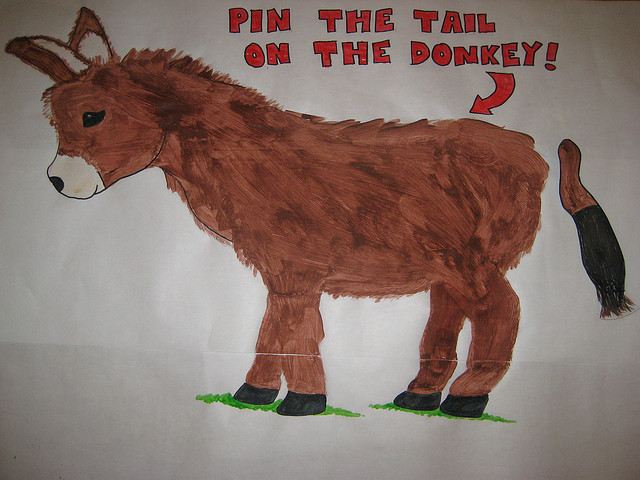In May, two men connected to the “Boogaloo” movement carried out a drive-by shooting on federal protective officers in Oakland, California, according to prosecutors. The men are accused of killing one officer, and the attempted murder of another.
Meanwhile, President Trump and others have blamed the Antifa movement for violence related to protests in response to George Floyd’s death. No Antifa connections have been documented yet in protest-related arrest records, although in the past, some Antifa proponents have used substantial violence. Trump said he wants to designate Antifa a terrorist organization, and his attorney general singled out the movement by name when blaming instigators for violence.
The prominence of movements—people united by a social or political goal, though not necessarily in a formal organization—as opposed to groups or organizations, is noteworthy. While both movements and groups/organizations usually have a name, movements usually lack a clearly defined membership and have less of a command-and-control (leadership) structure.
In recent decades, research on insurgent and terrorist groups has developed substantially. Some work has looked at lone actors perpetrating violence. But less work on political violence has looked at broader movements.
There are certainly exceptions, like Donatella della Porta’s important research, and analyses such as those on the anti-Islamic social movement and jihadist or Islamist movements. The concept of movements overlaps with Chenoweth and Stephan’s notion of campaigns.
But far more research on subnational or transnational political violence in recent years has focused on groups as the unit of analysis.
Why has so much research focused on militant groups?
Many scholars study militant groups such as rebels and terrorists. I myself have advocated for studying the organizations behind terrorism and civil war. We focus on groups for a number of reasons. Organizations such as al Qaeda, the Irish Republican Army, and the Tamil Tigers perpetrate a massive amount of political violence. Beyond the state, militant groups are the primary actors in civil conflict. (A different and important question is why scholars focus on dissident violence more than state violence.)
Similarly, in terrorism, a formal group is usually needed to carry out major attacks—or at least a sustained campaign of them. Informal networks and lone actors usually carry out less lethal attacks than formally organized terrorist groups. Some research has used social movement theory, such as resource mobilization, to help understand militant groups, but the unit of analysis has often been organizations. This is the case in both the civil conflict and terrorism literatures. The focus on formal groups has contributed substantially to our understanding of these phenomena.
However, there are a least three potential problems with focusing on militant groups (as I have) instead of broader movements.
Problems with focusing on groups, not movements
First, while militant groups tend to be more violent, the quantity of violence is only one possible output. A focus on movements could be important for understanding the quality of violence, and other phenomena such as propaganda, social service provision, and political change.
Second, there is important regional variation in the prominence of militant groups as opposed to movements. In Nigeria, the group Boko Haram is clearly the main purveyor of dissident violence. In Syria, a plethora of militant groups wreak havoc.
But in countries like the United States, with greater relative control over territory, large formal militant groups have a difficult time getting organized. The US government can infiltrate budding militant groups and arrest members plotting attacks, as they did with the militia movement in the 1990s, and have done with Islamist and other types of small groups in recent years.
The difficulty of forming a militant group in a high-capacity state is why the notion of “leaderless resistance”—a phrase popularized by a US white supremacist—has been used by US and European groups for decades.
As a result, informal groups or individuals inspired by larger movements are the more common sources of dissident violence in highly developed countries. It’s not clear that anyone has shown this empirically, however. Al Qaeda, for example, seems to operate as a formal group, carrying out larger coordinated attacks in less-developed countries. Meanwhile, in the US or Western Europe, individuals or small cells inspired by al Qaeda are more likely to be the ones carrying out attacks in the group’s name. This has been ISIS’s method as well. (Debate exists over whether it is best to think of al Qaeda as a movement/informal network or a group.)
A third reason movements are important is that they are often the lifeblood behind many militant organizations. Groups come and go as they fragment, are defeated by the state, or simply fade away. But the broader movement usually remains, inspiring new groups and even individuals to act on their own.
Globally, movements can help clarify commonalities among rebel groups, or explain why new groups keep emerging. In the case of the United States, examining movements like Boogaloo or Antifa help us understand the ideology behind seemingly isolated militias or “lone wolves,” or why protests sometimes become violent. In general, studying movements is consistent with the social network analysis notion of not considering individuals or groups as independent actors. It is a way to see political violence, to paraphrase Crenshaw, in context.
Overall, recent violence in the US has tended to come from individuals and small groups linked to broader movements. This is not new, but it seems to be increasing. Scholars of political violence have made progress in understanding the organizational dynamics of conflict, but it would also be fruitful to think about how to incorporate wider social movements into our analyses as well.

